Throughout history, certain inventions have transformed how we live and interact. These groundbreaking innovations made everyday tasks easier, communication faster, and travel more accessible. Each invention brought a new wave of possibilities, forever changing societies across the globe. Let’s explore some of the most revolutionary creations that have redefined daily life.
The Internet
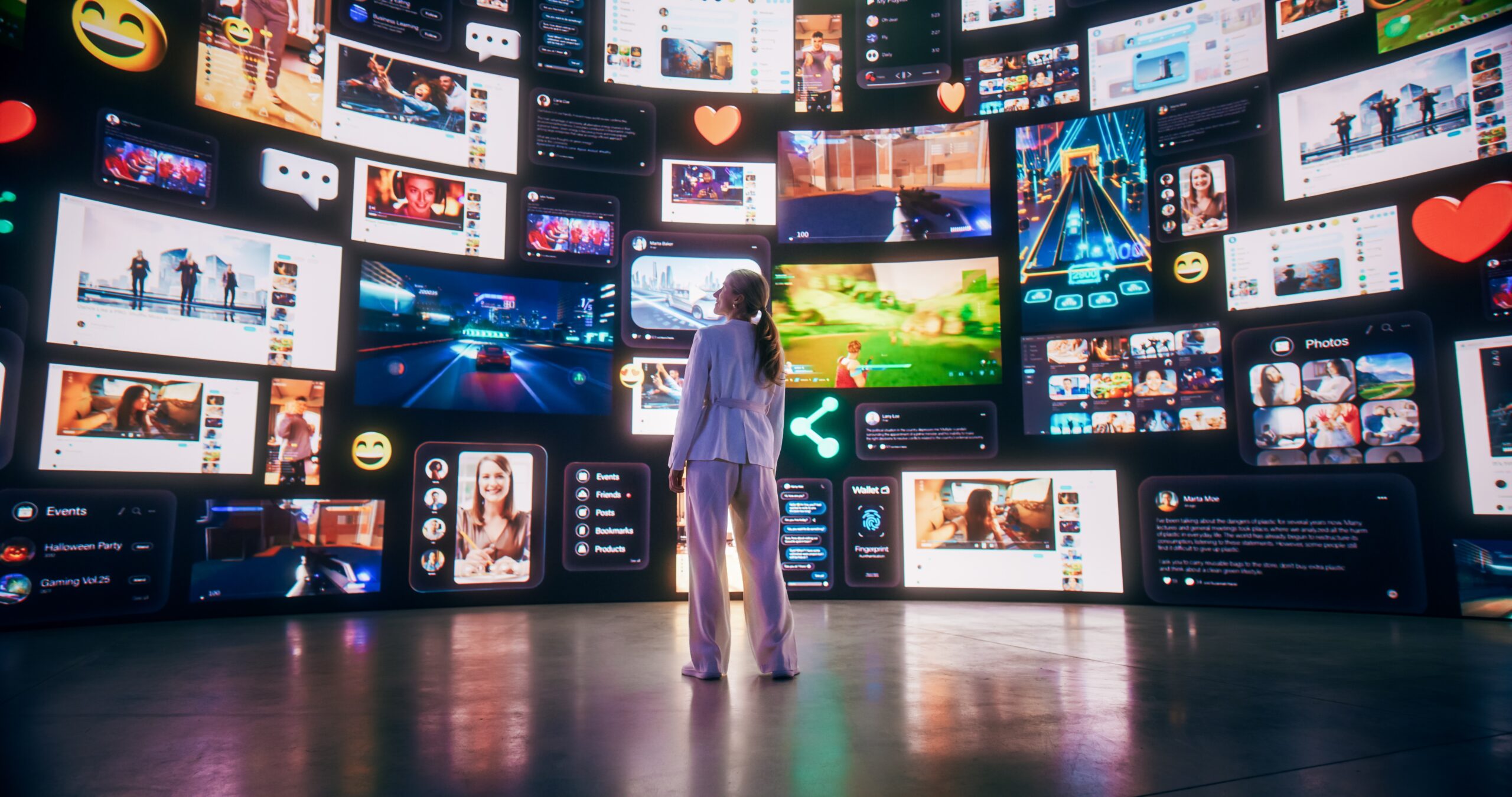
The internet revolutionized global communication. It connects people and information across vast distances in seconds. Developed through military and academic research, it evolved in the 1960s. Tim Berners-Lee invented the World Wide Web in 1989, making it accessible to the public. Today, the internet powers business, education, and social interaction. It has reshaped industries, economies, and how we learn. Without it, modern life as we know it would be unimaginable.
The Personal Computer
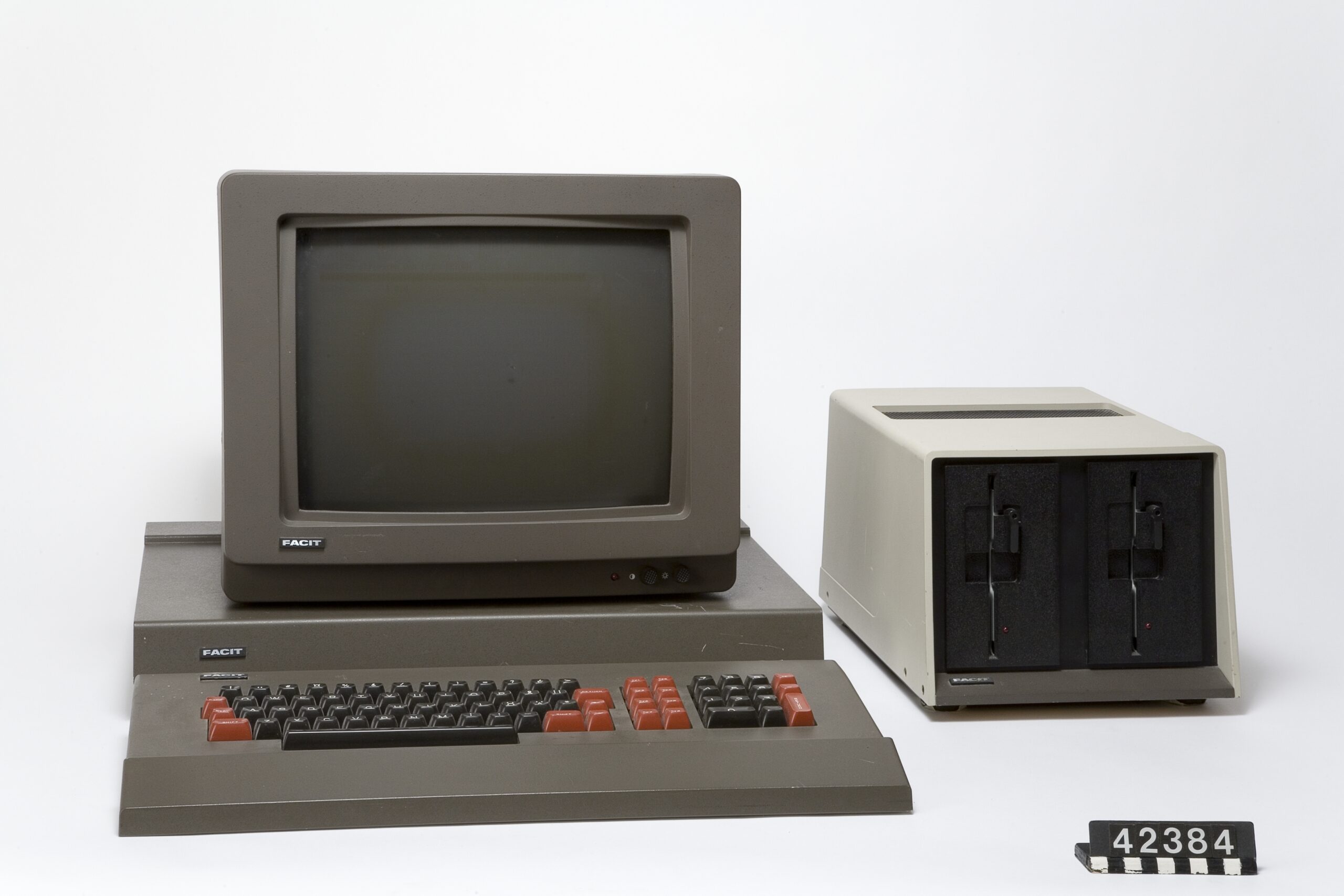
The personal computer made technology accessible to the masses. It started with early models in the 1970s, such as the Apple I and the IBM PC. These machines brought computing power into homes and offices. They allowed people to handle tasks like word processing, gaming, and programming. The invention spurred new industries and careers. Personal computers continue to evolve, playing a central role in daily life and business.
The Smartphone

The smartphone combined communication, computing, and entertainment into one device. Early models like the IBM Simon in 1992 paved the way for future developments. The introduction of the iPhone in 2007 changed the game entirely. It allowed users to access the internet, make calls, and use apps on the go. Smartphones became essential tools for both work and leisure. Today, they serve as powerful devices that help manage daily routines and connect the world.
The Light Bulb

The light bulb brought illumination to the world, drastically changing how we live. Thomas Edison is often credited with inventing the practical incandescent light bulb in 1879. It allowed people to work, read, and socialize after dark. Factories could operate at night, transforming industries. The invention also marked the widespread use of electricity in homes and cities. Today, light bulbs are an everyday necessity, yet their impact remains revolutionary.
The Steam Engine
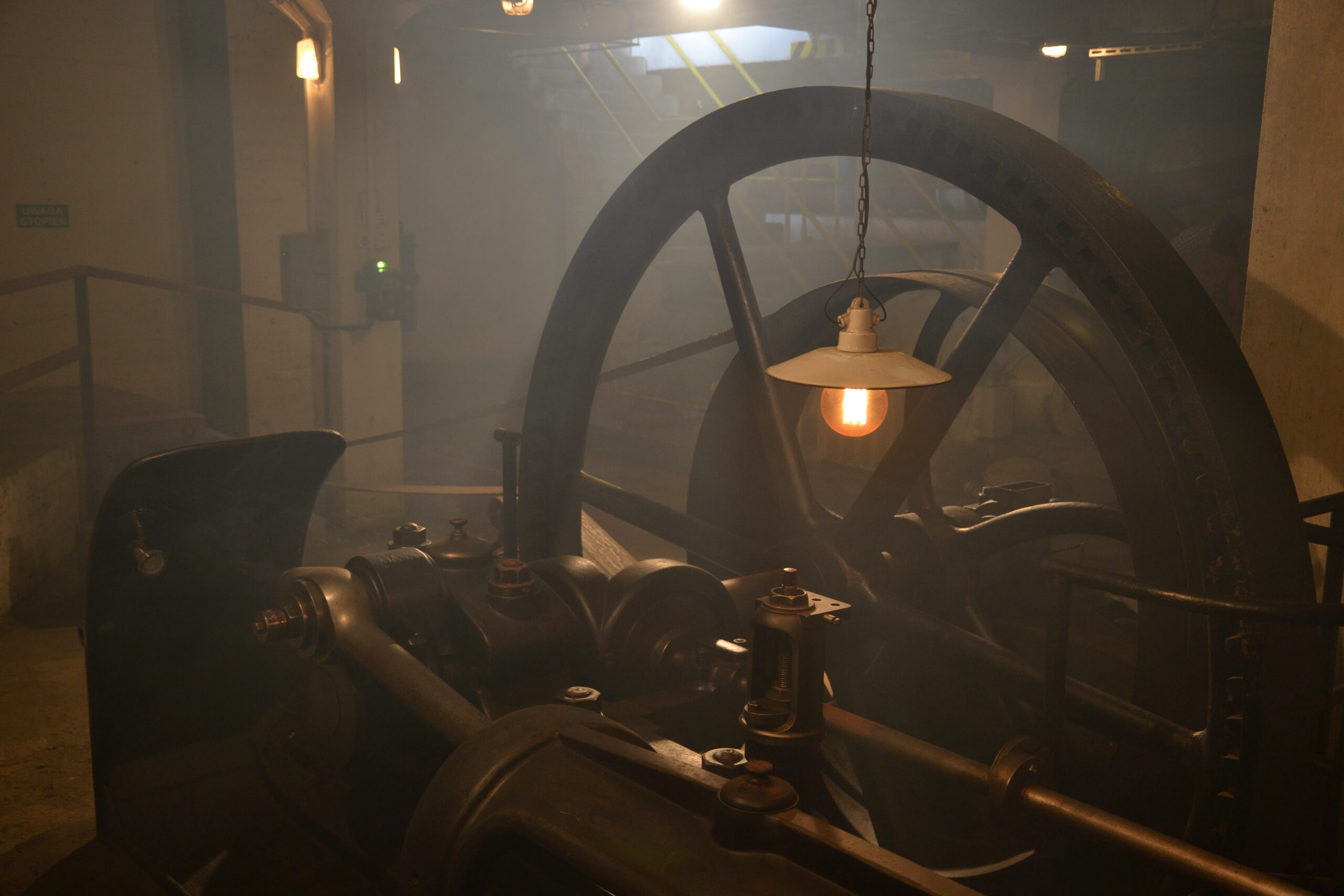
The steam engine powered the Industrial Revolution, forever altering manufacturing and transportation. Invented by Thomas Newcomen in 1712, it was later improved by James Watt. Steam engines allowed machines to operate independently of human or animal power. They transformed industries by making factories more efficient. This invention also led to the development of trains and ships. It played a crucial role in expanding economies and speeding up industrial progress.
The Printing Press
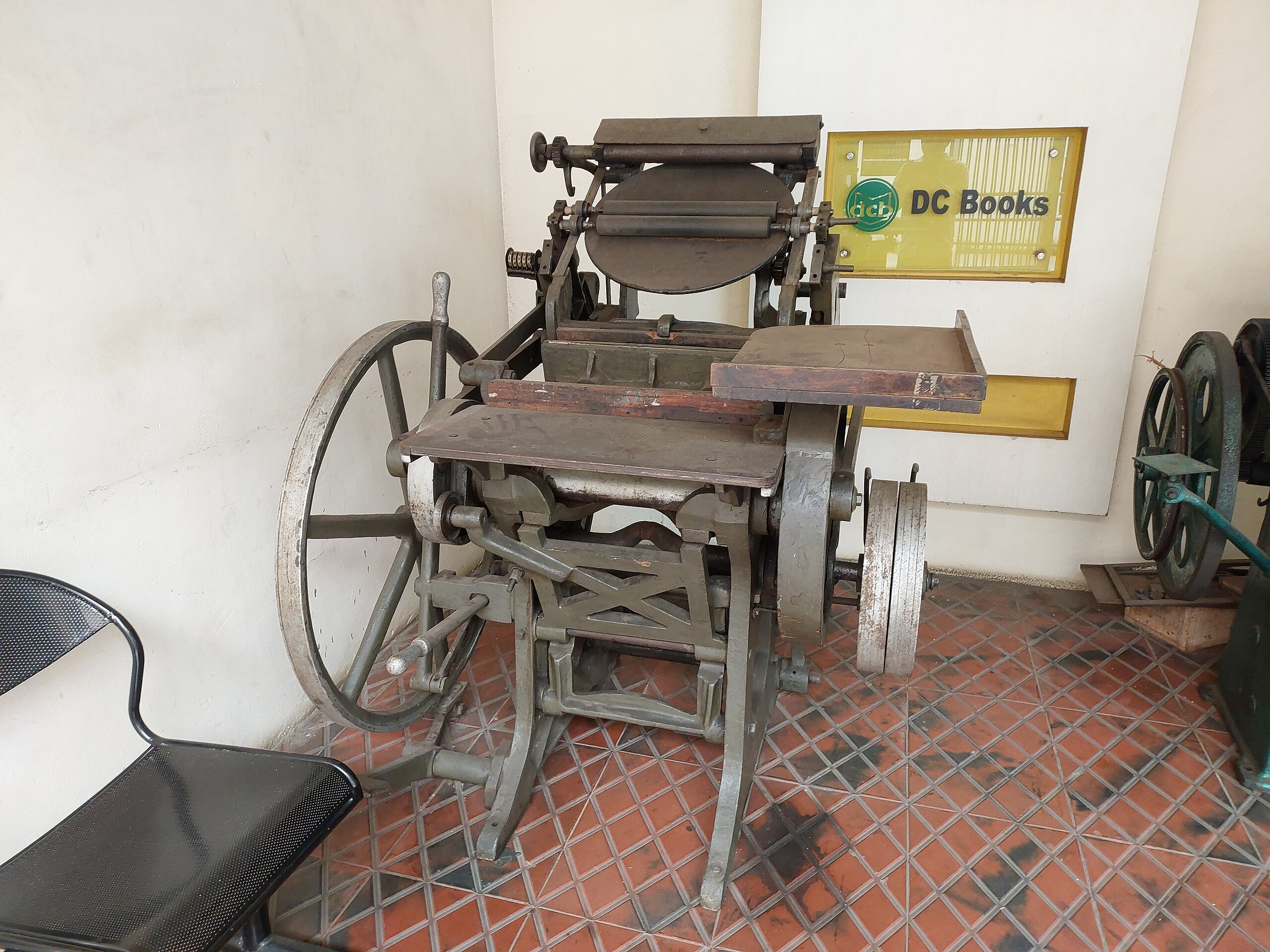
The printing press changed the way knowledge was shared. Invented by Johannes Gutenberg in the 15th century, it allowed for the mass production of books. Before this, manuscripts were copied by hand, making information expensive and limited. The printing press spread literacy and education across Europe. It played a vital role in the spread of ideas during the Renaissance and the Reformation. Today, it’s seen as one of history’s most important inventions.
The Automobile
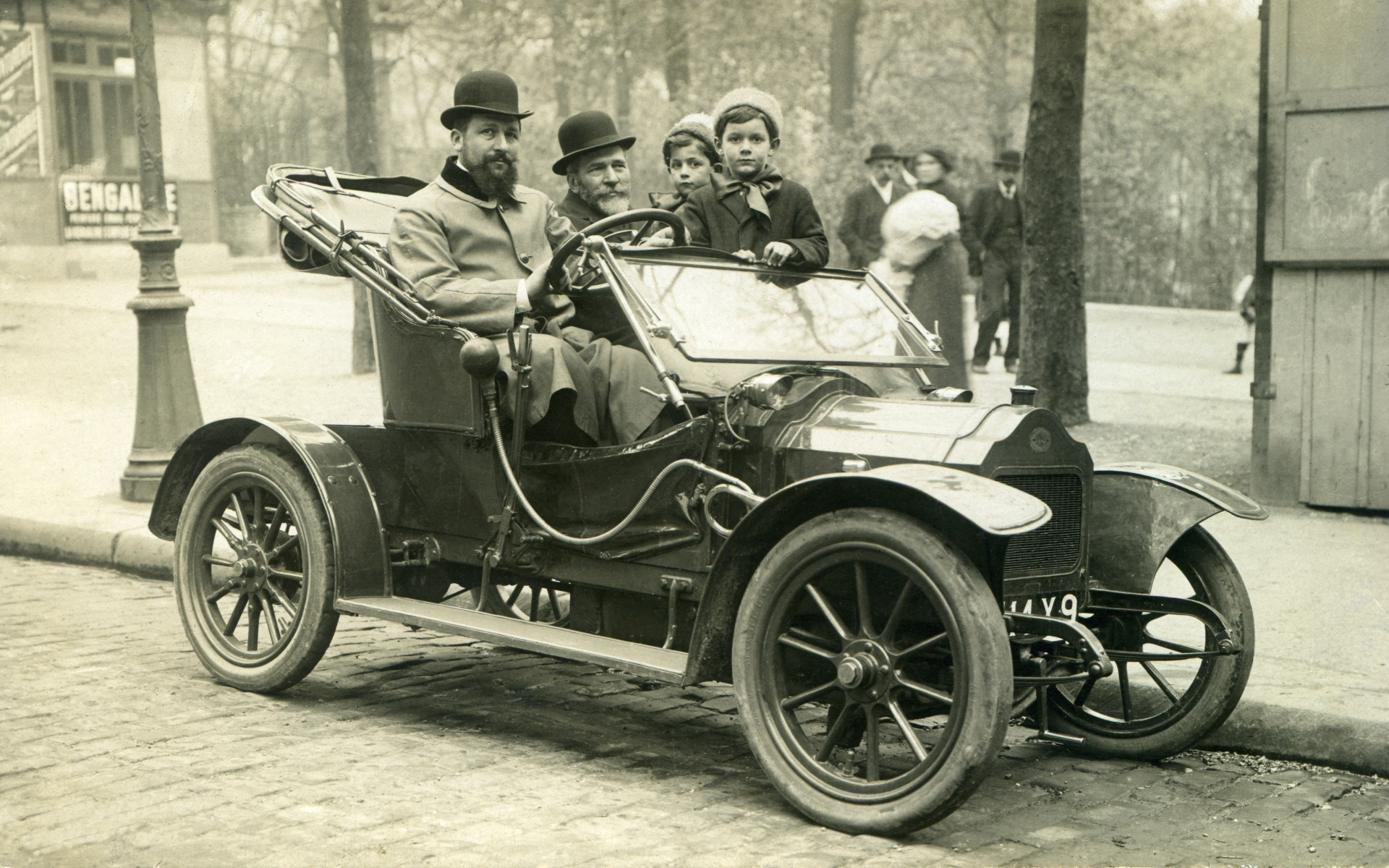
The automobile redefined personal and public transportation. Karl Benz is credited with inventing the first gasoline-powered car in 1886. This invention gave people the freedom to travel long distances more easily. It transformed cities, industries, and even leisure activities. Automobiles led to the development of highways, suburbs, and the global oil industry. Today, cars are essential, but their impact on everyday life remains profound.
The Airplane

The airplane shrank the world by making air travel possible. The Wright brothers made the first powered flight in 1903. Their invention opened the door to international travel and faster delivery of goods. Airplanes changed how businesses operate and enabled global tourism. During wars, they became key military tools. Today, air travel is a routine part of life, but it revolutionized how we connect across continents.
The Refrigerator

The refrigerator revolutionized food storage. It allowed households to keep food fresh for days, reducing spoilage. The first electric refrigerator appeared in the early 1900s, but commercial versions became common in homes by the 1920s. Refrigeration also transformed the food industry, enabling global trade of perishable goods. It made fresh fruits, vegetables, and dairy more accessible year-round. Today, refrigerators are essential appliances in every household.
The Electric Power Grid
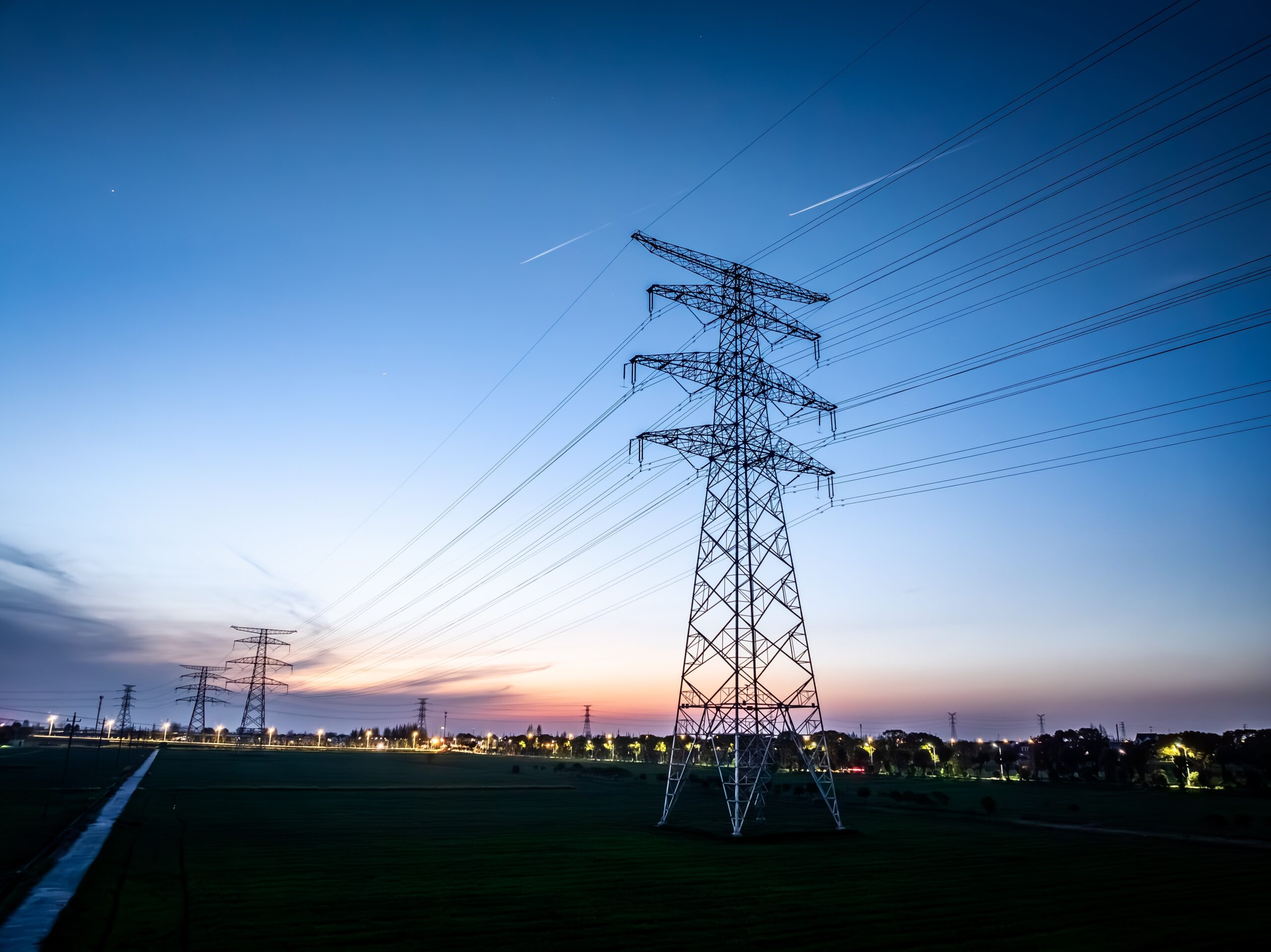
The electric power grid brought electricity into homes and cities, changing daily life forever. It started with Thomas Edison’s Pearl Street Station in 1882. Electricity quickly became the foundation for lighting, appliances, and communication systems. The grid enabled mass electrification, making homes safer and more comfortable. It also powered industries, driving economic growth. Today, electricity is a basic need, relied upon for almost every aspect of life.
The Microwave Oven
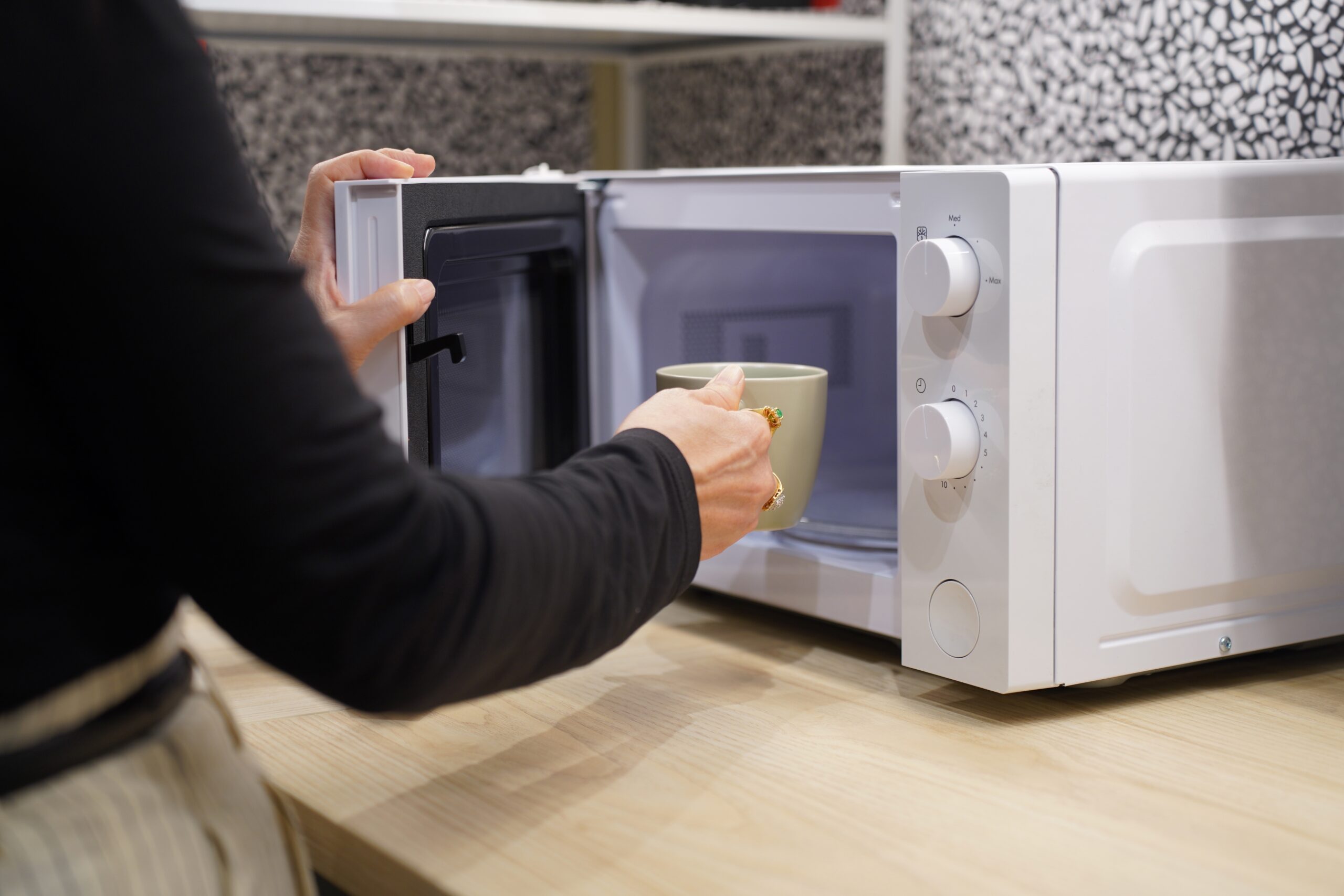
The microwave oven made cooking faster and more convenient. It was invented accidentally by Percy Spencer in 1945 while working on radar technology. By the 1970s, microwaves became a common kitchen appliance. This invention allowed people to heat or cook food in minutes, saving time and energy. It transformed meal preparation, especially for busy households. Today, the microwave is a standard feature in nearly every kitchen around the world.
The Washing Machine

The washing machine transformed how we clean clothes. It made laundry far easier and less time-consuming. Early versions appeared in the mid-1800s, but electric machines became popular in the 20th century. The invention allowed households to wash large amounts of clothes with minimal effort. It freed up time for other tasks, especially for women in the home. Today, washing machines are essential for modern living, making laundry an effortless routine.
The Elevator

The elevator made tall buildings and skyscrapers practical. Early versions existed, but Elisha Otis’s safety brake in 1852 made elevators safe for passengers. This invention allowed cities to grow upward, not just outward. It changed how we design urban spaces, making multi-story buildings accessible. Elevators revolutionized architecture and construction, shaping the modern city landscape. Today, they are a critical part of urban life, making tall structures efficient and usable.
The Bicycle

The bicycle offered a simple, efficient means of personal transport. The first practical bicycles were built in the 19th century, evolving from earlier designs. They allowed people to travel faster and farther than on foot. Bicycles also became a symbol of freedom, especially for women, offering new independence. Today, they remain popular for commuting, exercise, and leisure, providing an eco-friendly mode of transportation in cities around the world.
The Sewing Machine

The sewing machine transformed the clothing and textile industries. Invented by Elias Howe in 1846, it allowed clothes to be produced much faster than by hand. Isaac Singer improved its design and made it widely available in the 1850s. This invention made garments cheaper and more accessible to everyone. It also enabled mass production in factories, changing the fashion industry. Today, sewing machines remain essential tools in both home and industrial settings.
The Telephone
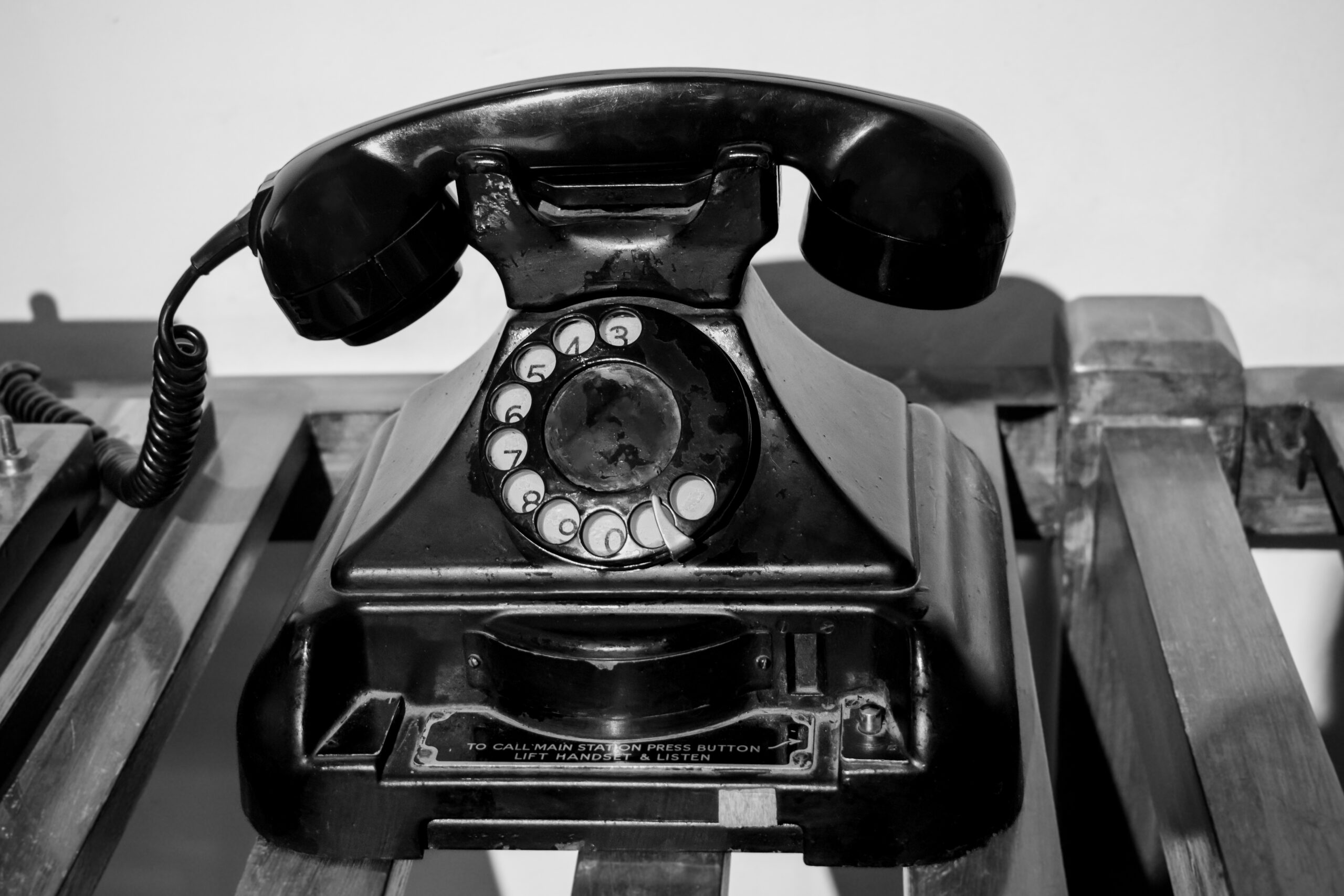
The telephone revolutionized communication by connecting people over long distances instantly. Alexander Graham Bell invented the first practical telephone in 1876. This device replaced slower methods like mail and telegraph, enabling direct conversation between people across cities and countries. It changed business, social interactions, and even emergency services. The telephone set the stage for further communication breakthroughs, such as the internet and smartphones. Today, it remains one of the most important communication tools.
The Radio

The radio revolutionized communication and entertainment. It allowed voices and music to reach homes worldwide. Guglielmo Marconi developed the first practical radio system in the late 1890s. This invention made news and entertainment accessible to millions, connecting people through sound. During the 20th century, radio played a vital role in broadcasting important events. Today, it remains a popular medium for music, news, and information.
The Television

The television brought moving images into homes, transforming entertainment and news. It was developed in the 1920s, with Philo Farnsworth and John Logie Baird as pioneers. Television allowed people to watch live events and shows from anywhere. It became a major source of information and entertainment, shaping culture and society. Today, TV is a central part of daily life, evolving with streaming and digital platforms.
The GPS (Global Positioning System)
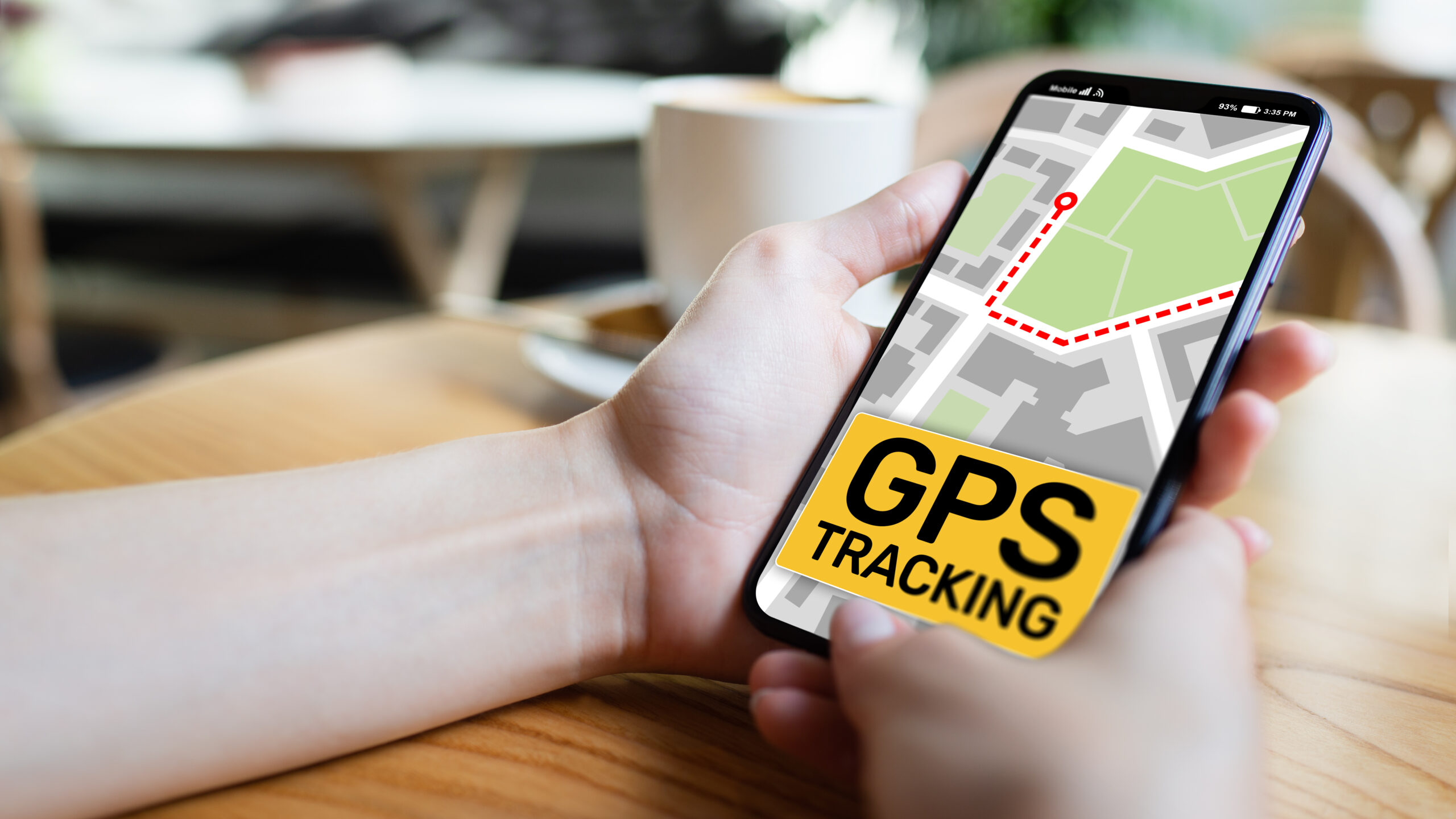
The GPS changed how we navigate the world. It allows precise location tracking from anywhere on Earth. Developed by the U.S. Department of Defense, the system was fully operational by the 1990s. GPS made navigation easy, replacing maps and compasses. It’s used in smartphones, cars, and military systems worldwide. Today, GPS is a vital tool for travel, exploration, and even emergency services.
The Camera

The camera forever changed how we capture memories and moments. It evolved from early experiments in the 19th century, with Louis Daguerre and George Eastman making key developments. Early cameras were bulky and expensive, but later models became compact and affordable. This invention allowed people to document personal milestones and historical events. Today, cameras are found in phones, making photography a part of everyday life.
The Electric Battery
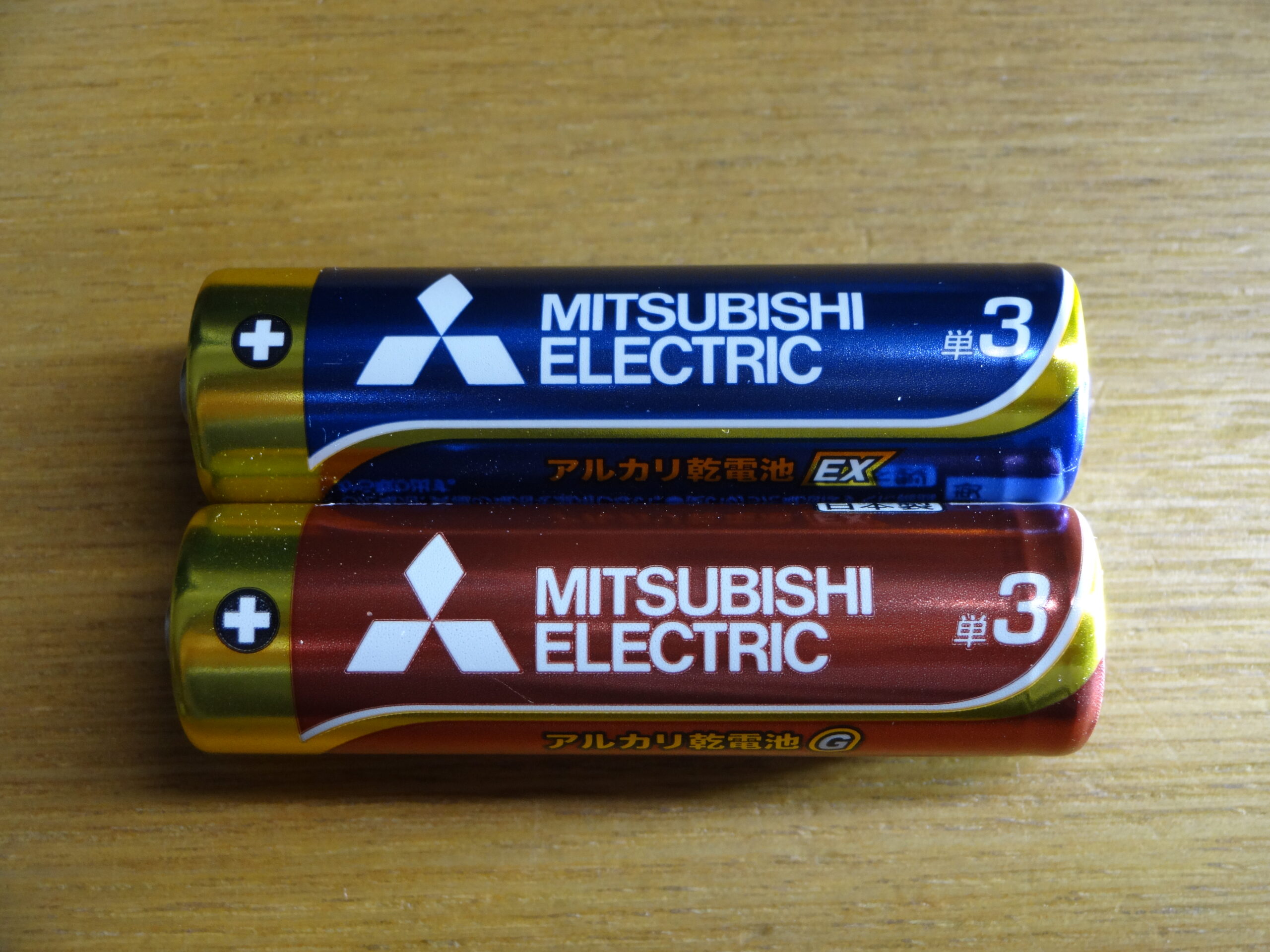
The electric battery provided a portable source of power. It allowed machines and devices to run without direct electricity. Alessandro Volta invented the first true battery in 1800. This invention enabled the development of portable electronics and vehicles. Batteries power everything from smartphones to electric cars, making them essential for modern life. Today, advancements in battery technology are driving the future of renewable energy and electric transportation.
This article originally appeared on Rarest.org.
More from Rarest.org
17 Oddest Cultural Taboos You Never Knew Existed

Every culture has its own unique set of customs and traditions, and some may seem surprising or even strange to outsiders. Read More.
11 Highly Desired Antique Kitchenware Items Collectors Treasure

Collecting antique kitchenware offers a glimpse into history while adding charm to any kitchen or display. Read More.
15 Lavish Resorts Favored by the World’s Richest

For the world’s wealthiest, luxury resorts offer more than just a place to stay—they provide an unparalleled escape where every need is anticipated, and privacy is guaranteed. Read More.
